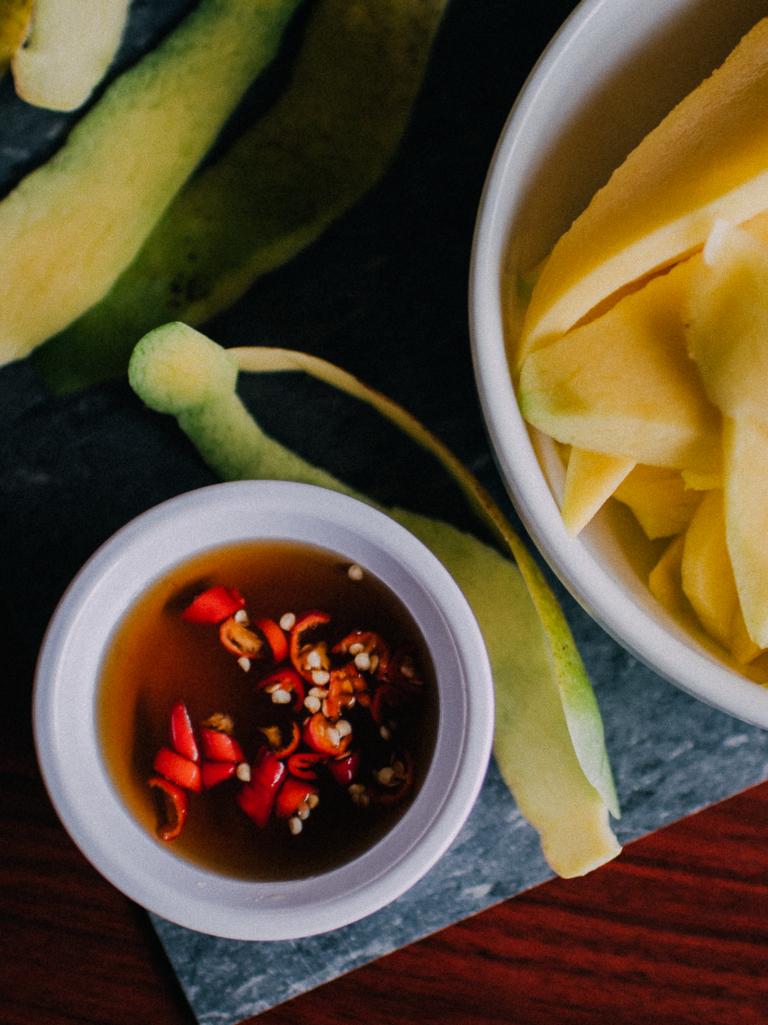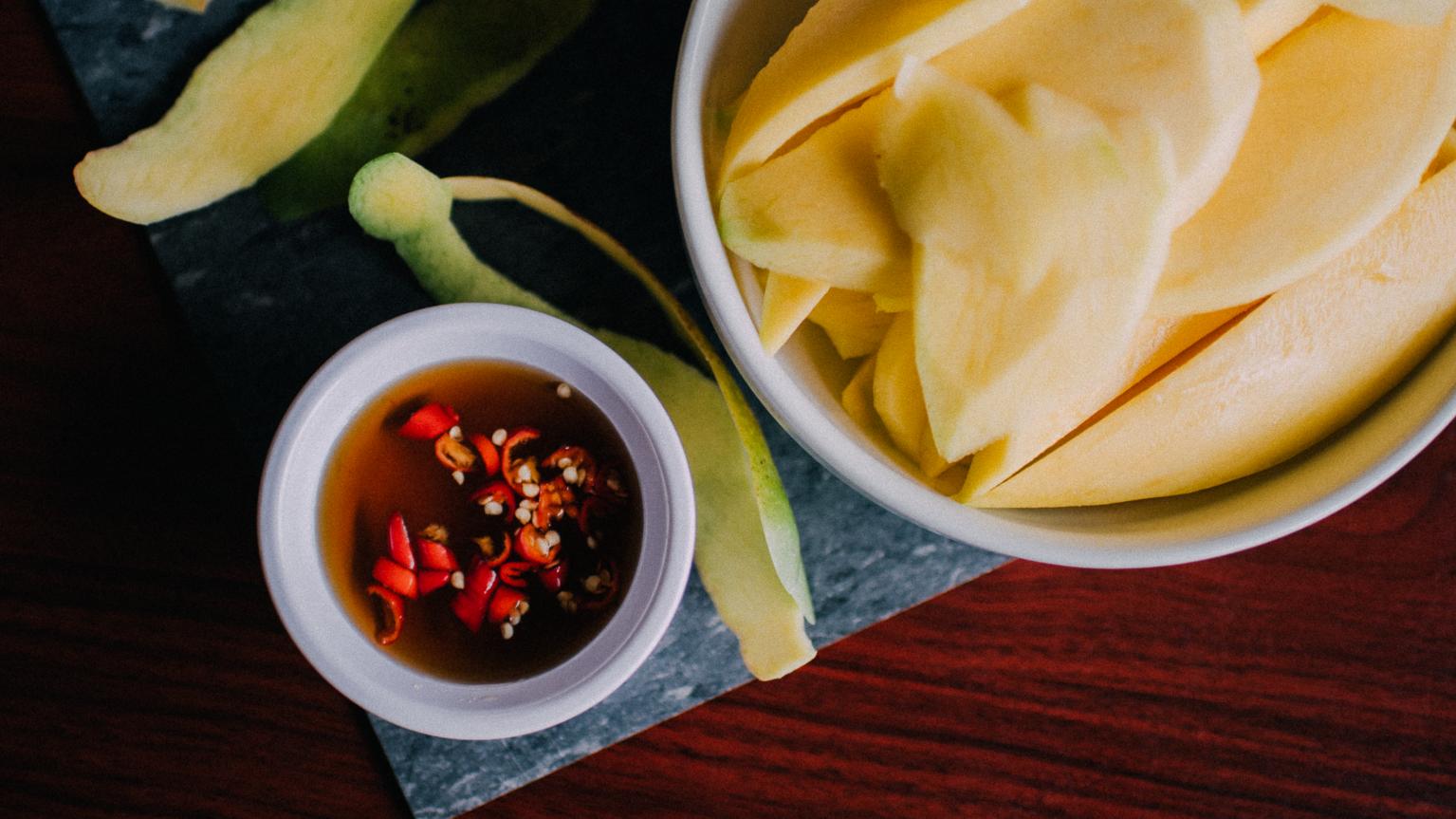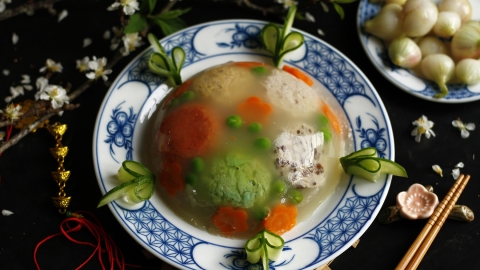People often talk about the seductive, shimmering wine fermented from grapes, or humming about the aromatic, elaborate glasses of whisky. Or people often talk about cups of tea with the rich flavor of heaven and earth, the flavor of time. Today, since there is an abundance of wine and tea, Travellive would like to talk about fish sauce.
When it comes to fish sauce, a condiment that requires a lot of effort and is not at all casual or simple, people often think of bowls of fish sauce that are shimmering with honey color and exude a strong flavor. In each country in the world, the flavor of fish sauce will vary depending on the climate, geography and quality of the raw materials of the host country. Let's take a look at some of the lands that own unique types of fish sauce.

"Garum" fish sauce is the oldest fish sauce in the world.
Rome - the glorious time of Pompeii fish sauce warehouse
The Romans began experimenting with the fermentation of fish into a liquid that seeped from fish and salt around 146 BC. They called it “garum.”
Not stopping with small fish sauce breweries, the Romans developed them into fish sauce breweries spread across the territory. Pompeii was the name of the most famous fish sauce brewery in Rome at that time.
From Pompeii, the secret recipes and brewing experience spread to other regions, including the land that is now Spain. At first, the Romans only dared to brew parts such as intestines and fins of fish. Gradually, they used whole pieces of expensive fish for fermentation. Fish sauce jars were as precious as gold at that time, and since ancient times, the aristocracy used the possession of high-quality fish sauce to distinguish their class.
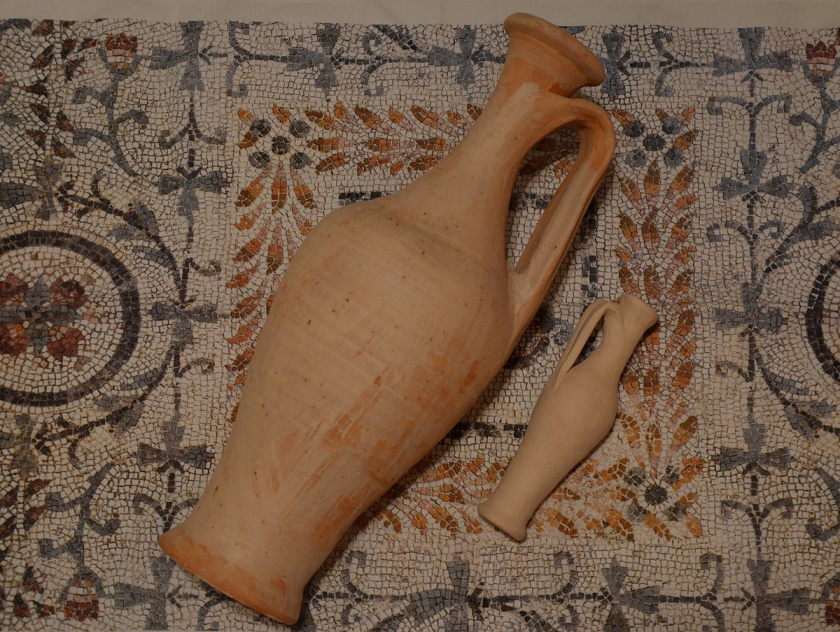
Roman period fish sauce jars.
Italy - descendants of Roman fish sauce
Modern Italy is also the land of the ancient Pompeii fish sauce warehouse. Walking around this beautiful country, we can find old fish fermentation relics from the Roman period that the people are still very much preserving. This is not only a national identity but also a very clear historical proof for those who are still wondering whether European people eat fish sauce or not?
Nowadays in Italy, fish sauce bottles are sold with a stylish, modern appearance while still maintaining the quintessential quality of fish sauce from its ancient origins. The fermented fish sauce “garum” from the old days still “sits” next to pasta and pizza. And the village of Cereta - one of the most famous Italian villages in the production and use of Italian fish sauce, still maintains the practice of adding fish sauce to their daily dishes.

"Garum" fish sauce is still used in everyday Italian life.
China - a country that lacks nothing, including fish sauce
After the 5th century with the fall of Rome, East Asian countries began to find their own fish sauce recipes. And fish sauce only really flooded Asia after this period. Whether this is a coincidence or not, many opinions say that actually before that, East Asian people still used “garum” and they were all imported from Rome through the “silk road”.
Fish sauce is called “fish sauce” by the Chinese. However, the Chinese people were not really fond of fish sauce, so by the 14th century, fish sauce gradually fell into oblivion and failed to become a national sauce. This was also the time when China discovered how to brew soy sauce and made it famous throughout Asia.
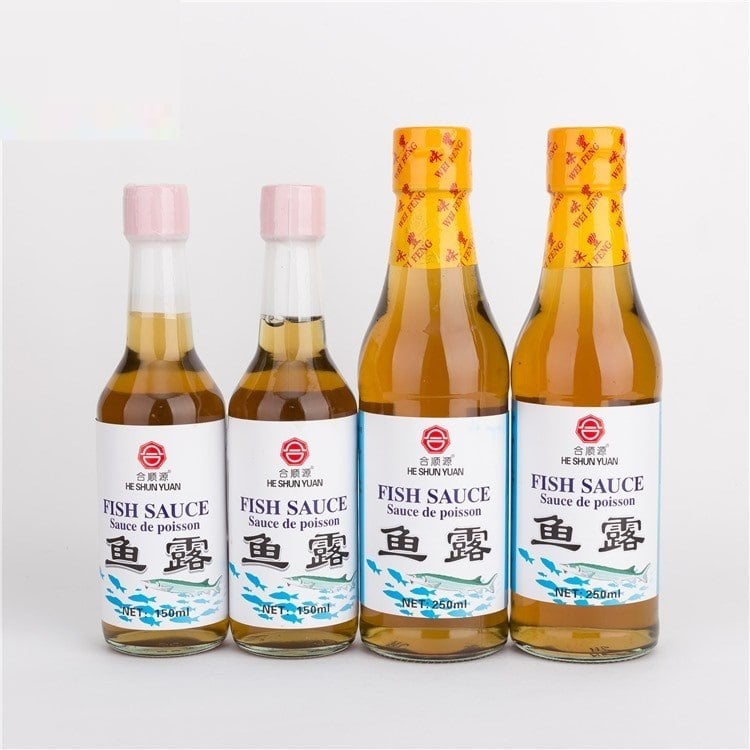
Chinese fish sauce failed on its journey to become the national dipping sauce.
Japan - "minimalist" fish sauce
Like its Chinese friend, Japan also made fish sauce in the 5th century and said goodbye to these fermentation pots after discovering how to ferment soy sauce from soybeans. It seems that temperate Asian countries such as China, Korea and Japan all prefer soy sauce over any other type of fish sauce. This is not too difficult to understand because fish sauce is only truly fermented best when the fish is "living" in hot and humid tropical regions. The temperature will cause the fish to break down the protein to the maximum and obtain the best fish sauce.
In Japan and temperate countries in general, people prefer to use squid to make fish sauce because the ingredients are easy to handle. Fish sauces in the land of cherry blossoms usually have only two ingredients: “fish” and “salt” or “squid” and “salt”. This simplicity is the guiding principle for the Japanese to pursue and apply them to all aspects of life.
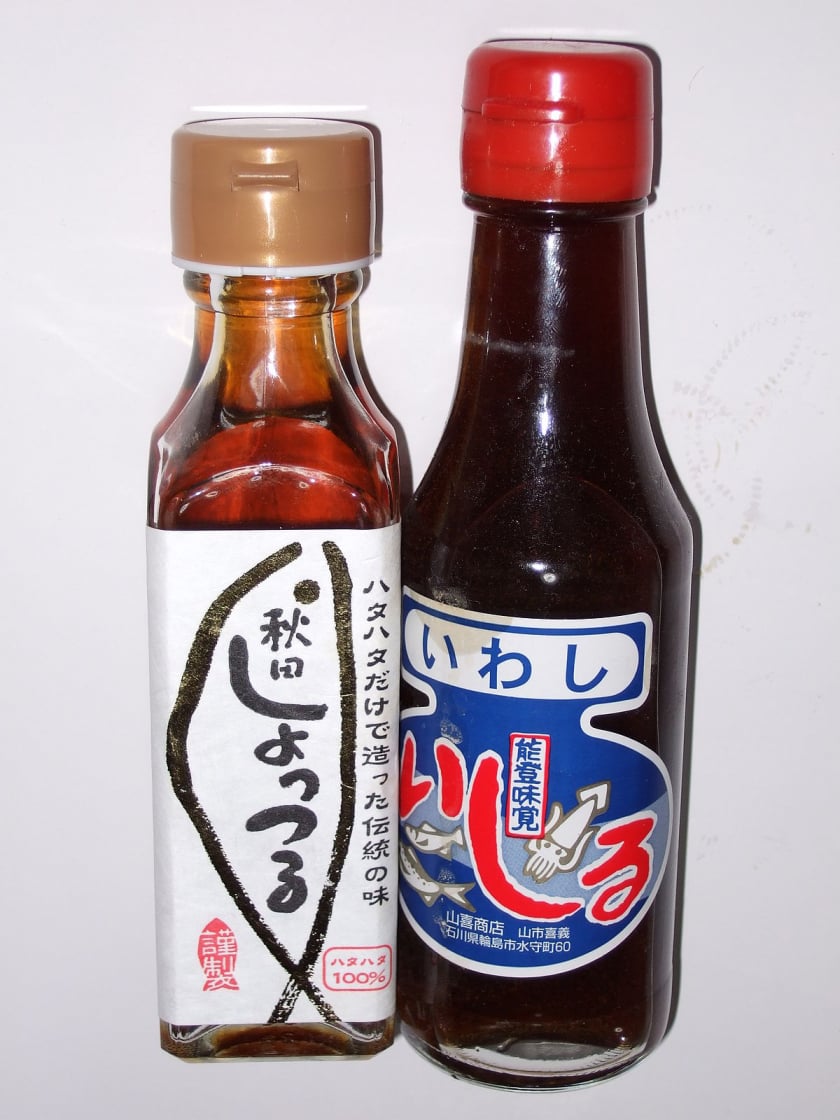
The Japanese prefer fish sauce made from squid to fish.
Thailand - the neighbor's fish sauce
Thailand - the country that owns many types of industrial fish sauce and developed them the earliest also has traditional fish sauce. They call them nam-pla. However, because of being too "indulged" in the industrial fish sauce market, the traditional "nam-pla" bottles of this country are gradually being lost.
It is known that Thailand is a country with fish sauce flavor that is similar and similar to Vietnamese fish sauce. Partly because the "neighbor" has the same climate and is located near our house, it is easy for the "two families" to share the secrets of brewing rich, delicious fish sauce.
Traveling around the world, we see fish sauce present everywhere and especially its history stretches from the famous “silk road” to the present day. Despite the ups and downs and historical events, fish sauce still silently fulfills its mission, becoming a spice and at the same time a symbol of the endless creativity of human beings.






